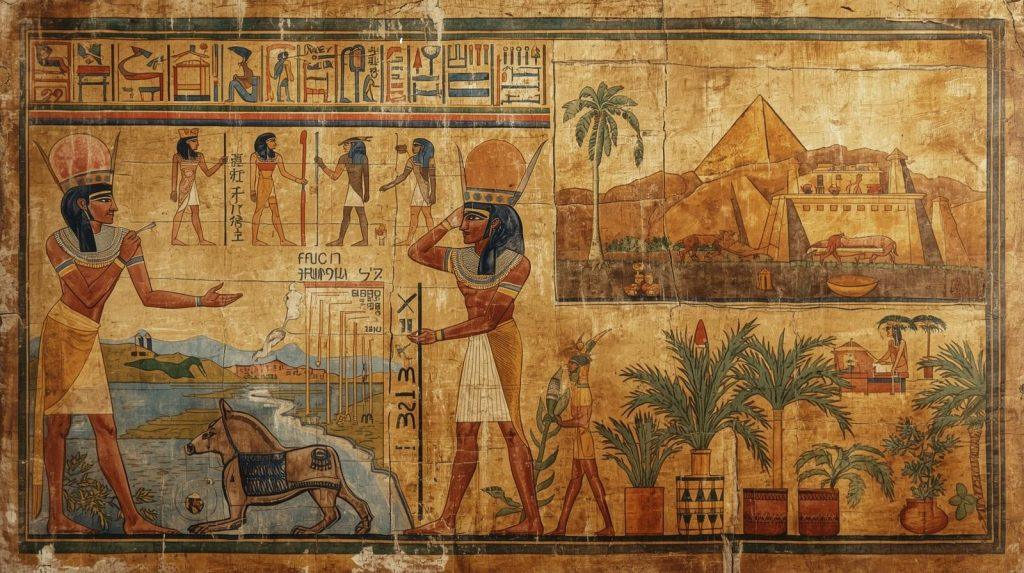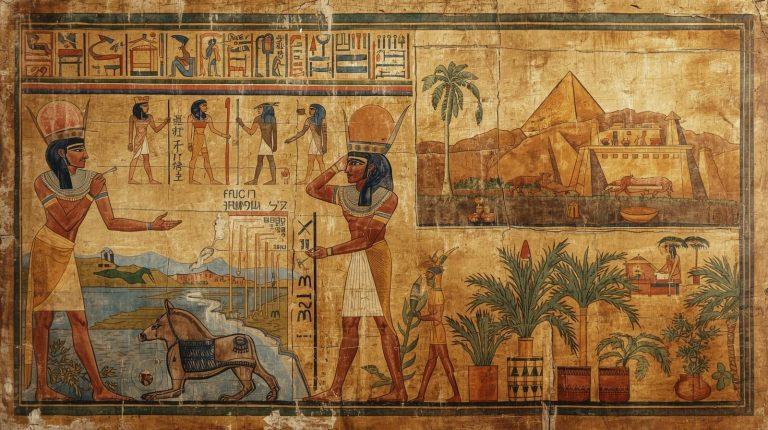A limestone painting has vanished from the tomb of an Old Kingdom priest in Egypt’s Saqqara necropolis, prompting an official investigation by the Public Prosecution Office. The incident has drawn attention to one of Egypt’s most important archaeological areas, home to some of the oldest and most significant tombs in the country.

The Missing Artifact
The lost piece, carved in limestone, came from the tomb of Khentika, a priest from Egypt’s Sixth Dynasty (around 2300 B.C.).
The artwork reportedly depicted the ancient Egyptian calendar, dividing the year into three agricultural seasons — Akhet (flood), Proyet (planting), and Shomu (harvest).

How the Disappearance Was Found
Dr. Mohamed Ismail Khaled, Secretary-General of the Supreme Council of Antiquities, said the disappearance was discovered during a recent inspection. The tomb, first excavated in the 1950s, had been sealed since 2019 and was used as a secure storage site for antiquities.
An archaeological committee has been formed to inventory the tomb’s contents.
Who Was Khentika
According to Dr. Magdy Shaker of the Ministry of Tourism and Antiquities, Khentika served as a priest during the pyramid-building era of the Old Kingdom. His mastaba tomb is notable for its well-preserved reliefs and a rare curse inscription warning against trespassers.

Investigation and Next Steps
The Ministry confirmed that legal procedures are underway and that coordination with law enforcement continues to determine the circumstances of the disappearance.
Saqqara’s Legacy
The Saqqara Necropolis, stretching miles across the desert near ancient Memphis, is one of Egypt’s most extensive burial grounds, home to pyramids, temples, and tombs from different dynasties. Authorities continue efforts to document and preserve artifacts from the site as investigations proceed.
WE SAID THIS: Don’t Miss…Mystery Surrounds Bracelet Disappearance at the Egyptian Museum



